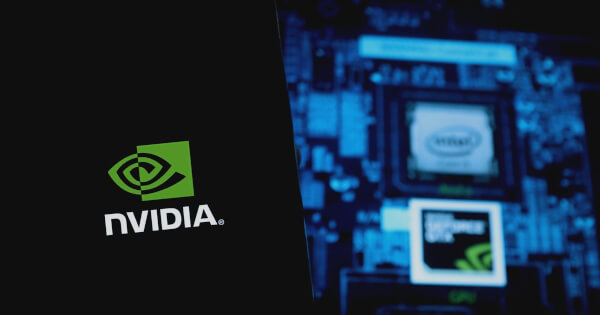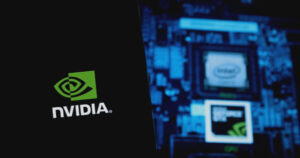Unlocking the Power of Data Processing: How Polars GPU Parquet Reader Revolutionizes Performance
By Ted Hisokawa | April 11, 2025
As data continues to grow exponentially, the tools we use to process and analyze this information must evolve to keep pace. At Extreme Investor Network, we are passionate about providing insights and innovations in the cryptocurrency and blockchain space. Today, we’re diving deep into a remarkable development in data processing technology that can significantly benefit any data-driven operation: the Polars GPU Parquet Reader.

The Need for Speed in Data Processing
In an era where data sets can grow to unfathomable sizes, performance isn’t just a nice-to-have; it’s essential. Polars, a fast and efficient open-source library, has stepped up its game by leveraging GPU acceleration through NVIDIA’s cuDF platform. This enhancement not only promises remarkable performance improvements but also opens a new frontier for handling extensive datasets.
Tackling the Scaling Challenge
Historically, Polars GPU Parquet Reader (up to version 24.10) faced notable challenges when it came to scalability. The difficulty arose mainly when dealing with larger data sets, particularly those surpassing the SF200 scale factor. Users often encountered frustrating out-of-memory errors as substantial Parquet files strained the limits of GPU memory.
Enter Chunked Parquet Reading
To address these memory issues, Polars introduced the chunked Parquet Reader, a game-changer that allows for the efficient handling of larger datasets. By reading Parquet files in smaller, manageable chunks, it dramatically reduces memory usage. For example, a 16 GB pass-read limit can significantly enhance query performance, ensuring that users can run complex queries without hitting memory walls.
Maximizing Performance with Unified Virtual Memory (UVM)
But that’s not all! The integration of Unified Virtual Memory (UVM) takes performance to the next level. UVM allows the GPU to access system memory directly, bypassing the stringent memory requirements often associated with data processing. This synergy between chunked reading and UVM facilitates the execution of queries at higher scale factors, making it a powerful toolkit for data analysts and engineers alike.
Optimizing for Stability and Throughput
One critical aspect to consider when working with the chunked Parquet Reader is the selection of the optimal pass_read_limit. Based on various tests, a limit of either 16 GB or 32 GB strikes the perfect balance between stability and throughput. The 16 GB limit, in particular, ensures that all queries run smoothly without running into out-of-memory problems, paving the way for a reliable processing experience.
The Chunked-GPU vs. CPU Dilemma
On a comparative note, even when chunked, the throughput of the GPU-based Polars generally outperforms its CPU counterparts. The advantages of utilizing a 16 GB or 32 GB pass_read_limit become even more apparent when you’re dealing with high-scale factors, making the chunked-GPU approach not just advantageous but essential for processing large datasets efficiently.
Conclusion: A Leap Forward in Data Processing
For those working with Polars GPU, adopting the chunked Parquet Reader, especially in conjunction with UVM, marks a significant upgrade from traditional CPU methods and nonchunked readers. The latest version of cudf-polars (24.12 and above) standardizes this powerful combination, yielding substantial improvements across all types of queries and data scales.
At Extreme Investor Network, we believe that keeping abreast of such advancements is crucial for anyone involved in the cryptocurrency and blockchain sectors. With the right tools and knowledge, you can unlock unparalleled efficiencies and insights in your data processing efforts.
Stay tuned to our blog for more updates, insights, and tools that can enhance your investment strategies in the ever-evolving crypto landscape!
For additional information, don’t hesitate to check out NVIDIA’s blog for extensive documentation on this innovative technology.
Image source: Shutterstock

